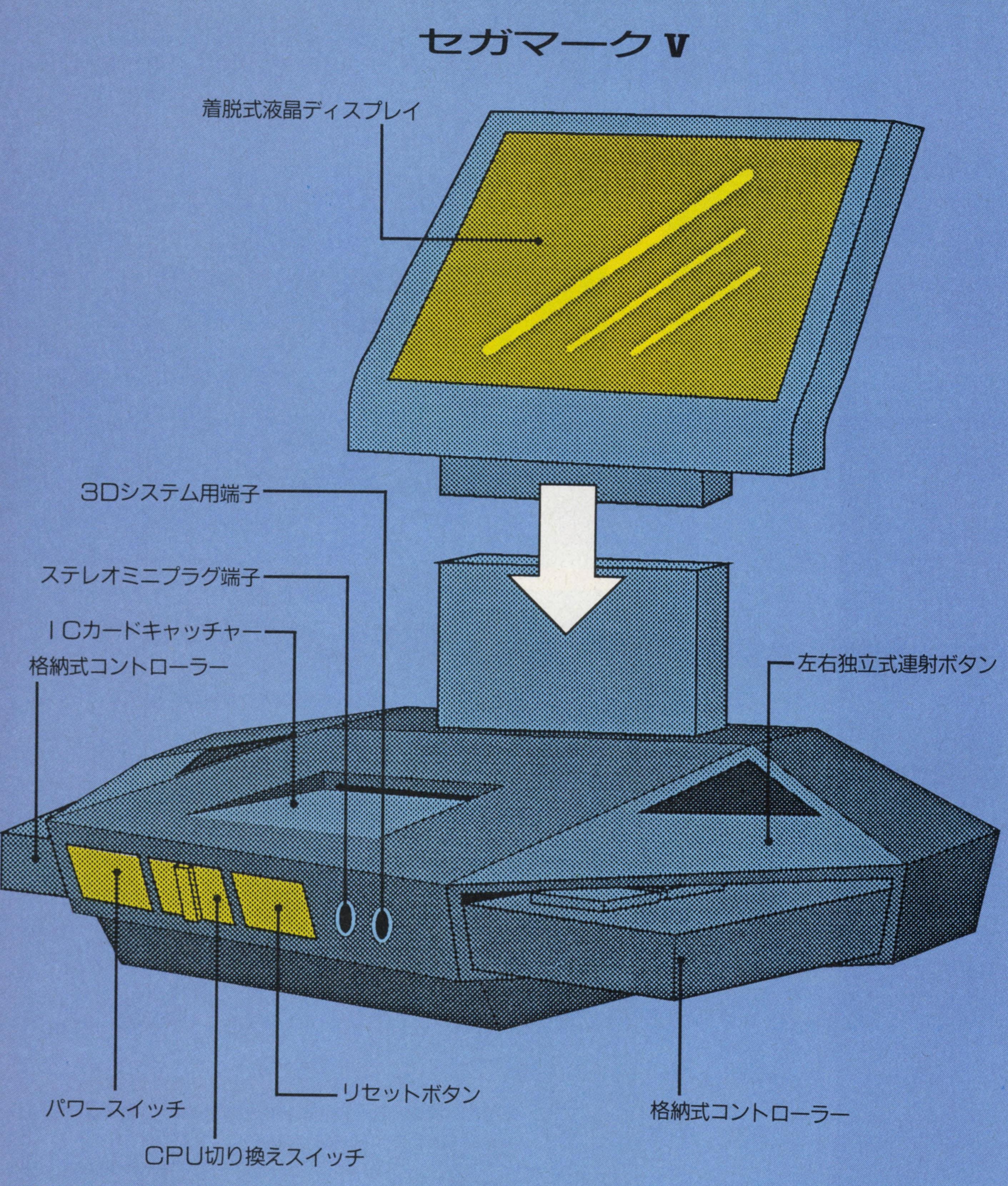Two Times the Bits
Following the demise of Sega's unsuccessful SG-1000, Sega decided to release the Mark III to replace it. This console was not as
successful in Japan and America either, but was a success in Europe and Brazil. But, in 1987, NEC was releasing their 16-bit PC
Engine in Japan. Sega decided to start work on a 16-bit unit themselves in hopes to stand above all the rest in the video game
industry, specifically against the NES, that more accurate ports of arcade games on their console would make it a better buy.
One thing that's important to note is the console was based off of, but slightly inferior to, Sega's System 16 arcade board,
again calling back to past arcade experience to develop a game system. It used a Motorola 68000 CPU and a Zilog Z80 as a
secondary that acts as a sound controller and keep the Motorola chip from overloading. The 68000 was expensive and would've also
made the new console more expensive, but a deal was made with a distributor to get a 90% discount on each chip they use,
provided the console is a success and the distributor can make a greater profit.

In June 1988, Beep! magazine announced the Sega Mark V, as it was the company's fifth home video game console (SG-1000,
SG-1000II, Mark III, and Master System being the first four). The diagram shows that it was going to be shaped differently and
have two headphone jacks on the very front, the left side of which the power switch was located.
Superiority
Sega designed the console aesthetically after audio equipment and cars of the era to appeal it towards all ages, also adding
"16-bit" on top in gold to demonstrate superiority over the competition, whereas the Famicom was only designed to appeal to
children. Looking for a better name, the design team searched through over 300 proposed names, with Mega Drive being settled
upon.
The War is Initiated
With development finished, the Mega Drive was released on October 29, 1988 in Japan, where it wasn't a great success against the
8-bit NES and 16-bit PC Engine. Sega announced an American release on January 9, 1989, offering marketing rights to Atari's
then-current CEO Jack Tramiel, who turned it down as it was expensive.


The American-Exclusive Dream
So, Sega's American branch released the system as the Genesis on August 14, 1989. This name choice was meant to represent a "new
beginning" for Sega. By this token, it can be considered a new beginning for the entire gaming industry, as this was when 16-bit
video games really took off. In addition, a few years later, this created a new standard for what video games were best for
kids, what were best for adults, or all ages.

 In June 1988, Beep! magazine announced the Sega Mark V, as it was the company's fifth home video game console (SG-1000,
SG-1000II, Mark III, and Master System being the first four). The diagram shows that it was going to be shaped differently and
have two headphone jacks on the very front, the left side of which the power switch was located.
In June 1988, Beep! magazine announced the Sega Mark V, as it was the company's fifth home video game console (SG-1000,
SG-1000II, Mark III, and Master System being the first four). The diagram shows that it was going to be shaped differently and
have two headphone jacks on the very front, the left side of which the power switch was located.

